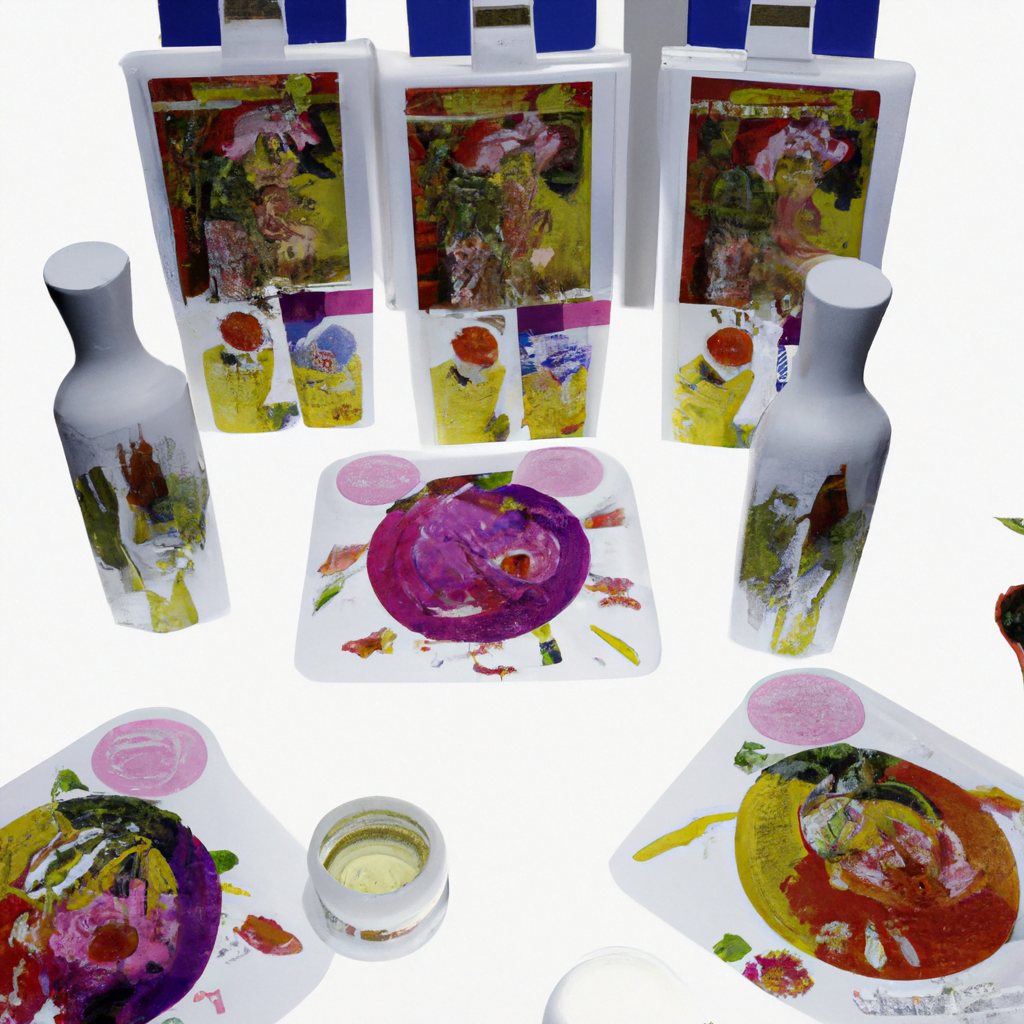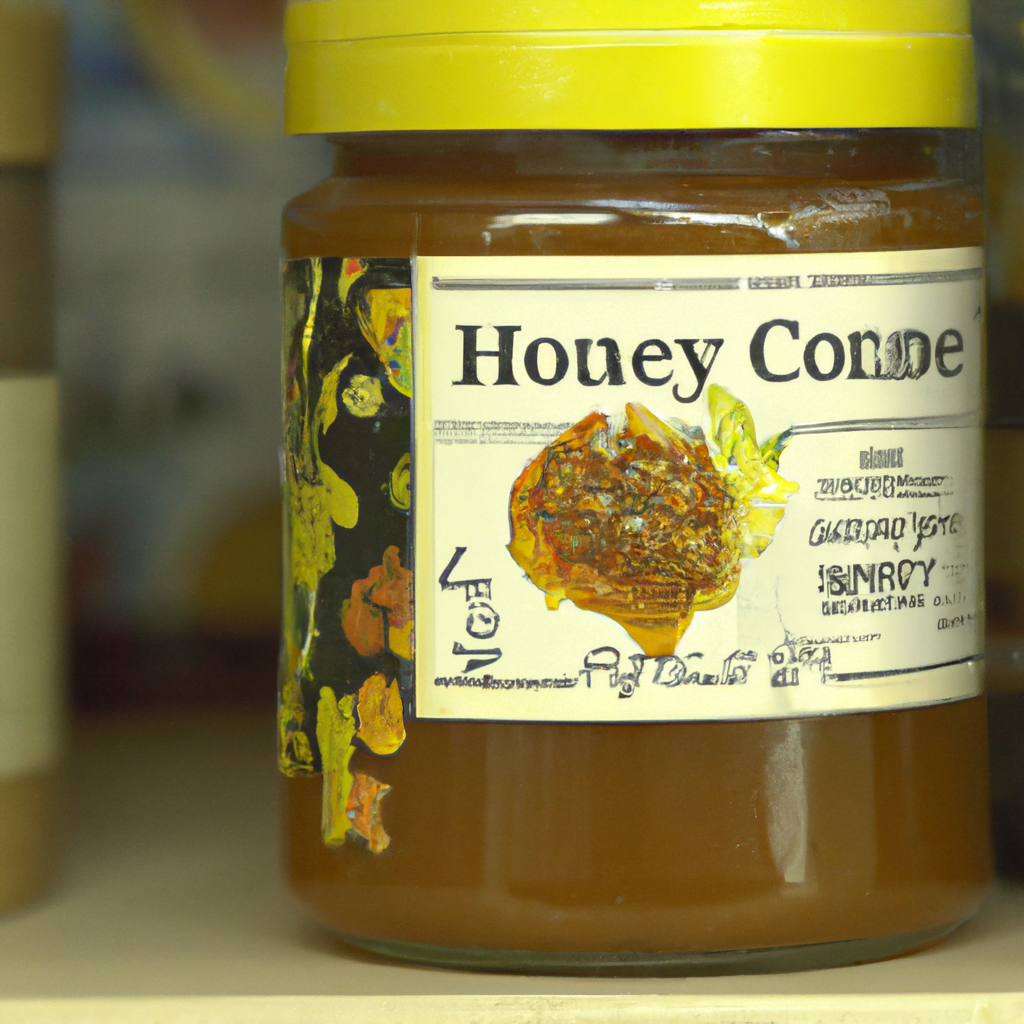
Packaging for Organic and Natural Products: A Comprehensive Guide

Introduction
The demand for organic and natural products has been on the rise in recent years. Consumers are becoming more conscious of what they put in and on their bodies, and are seeking out products that are free from harmful chemicals and additives. As a result, the packaging of these products has become increasingly important. In this article, we will explore the various types of packaging available for organic and natural products, and the factors that should be considered when choosing the right packaging.
The Importance of Packaging for Organic and Natural Products
Packaging plays a crucial role in the success of organic and natural products. It not only protects the product from damage and contamination, but also communicates important information to the consumer. The packaging of organic and natural products should reflect the values of the brand, and convey a sense of trust and authenticity to the consumer.
Types of Packaging for Organic and Natural Products
There are several types of packaging available for organic and natural products, each with its own advantages and disadvantages. Some of the most common types of packaging include:
- Glass
- Plastic
- Paper
- Metal
Glass
Glass is a popular choice for packaging organic and natural products because it is non-toxic, inert, and does not leach harmful chemicals into the product. It is also recyclable and can be reused multiple times. Glass is particularly well-suited for products that are sensitive to light and air, such as essential oils and natural skincare products.
Plastic
Plastic is a versatile and cost-effective packaging material that is commonly used for organic and natural products. However, not all plastics are created equal. Some plastics contain harmful chemicals such as BPA and phthalates, which can leach into the product and pose a health risk to the consumer. When choosing plastic packaging for organic and natural products, it is important to look for materials that are free from harmful chemicals and are recyclable.
Paper
Paper is a sustainable and eco-friendly packaging material that is becoming increasingly popular for organic and natural products. It is biodegradable, compostable, and can be recycled multiple times. Paper is particularly well-suited for products that are dry or solid, such as tea and snacks.
Metal
Metal is a durable and long-lasting packaging material that is commonly used for organic and natural products. It is non-toxic, inert, and does not leach harmful chemicals into the product. Metal is particularly well-suited for products that are sensitive to light and air, such as natural supplements and vitamins.
Factors to Consider When Choosing Packaging for Organic and Natural Products
When choosing packaging for organic and natural products, there are several factors that should be considered. These include:
- Product type
- Product shelf life
- Environmental impact
- Brand values
Product Type
The type of product being packaged will have a significant impact on the choice of packaging. For example, products that are sensitive to light and air will require packaging that is opaque and airtight, such as glass or metal. Products that are dry or solid may be better suited to paper packaging, while liquids may require plastic or glass.
Product Shelf Life
The shelf life of the product will also be an important consideration when choosing packaging. Products with a short shelf life may require packaging that is airtight and moisture-resistant, such as glass or metal. Products with a longer shelf life may be better suited to paper or plastic packaging.
Environmental Impact
The environmental impact of the packaging should also be considered. Packaging that is recyclable, biodegradable, or compostable is preferable to packaging that is not. It is also important to consider the carbon footprint of the packaging, and choose materials that are produced and transported in an environmentally sustainable way.
Brand Values
The packaging of organic and natural products should reflect the values of the brand. Packaging that is eco-friendly, sustainable, and non-toxic will resonate with consumers who are seeking out natural and organic products. It is also important to consider the aesthetic appeal of the packaging, and choose materials and designs that are visually appealing and reflect the brand’s identity.
Case Studies
There are several examples of brands that have successfully used packaging to communicate their values and appeal to consumers who are seeking out organic and natural products.
Dr. Bronner’s
Dr. Bronner’s is a brand that is known for its commitment to sustainability and social responsibility. The brand’s packaging is made from 100% post-consumer recycled plastic, and is fully recyclable. The packaging also features a message of unity and peace, which reflects the brand’s values and resonates with consumers who are seeking out natural and ethical products.
Method
Method is a brand that is known for its eco-friendly cleaning products. The brand’s packaging is made from 100% recycled plastic, and is designed to be visually appealing and functional. The packaging features bright colors and bold graphics, which help the products stand out on store shelves and appeal to consumers who are seeking out natural and sustainable cleaning products.
Conclusion
Packaging plays a crucial role in the success of organic and natural products. The right packaging can protect the product, communicate important information to the consumer, and reflect the values of the brand. When choosing packaging for organic and natural products, it is important to consider factors such as product type, shelf life, environmental impact, and brand values. By choosing the right packaging, brands can appeal to consumers who are seeking out natural and ethical products, and build a loyal customer base.
